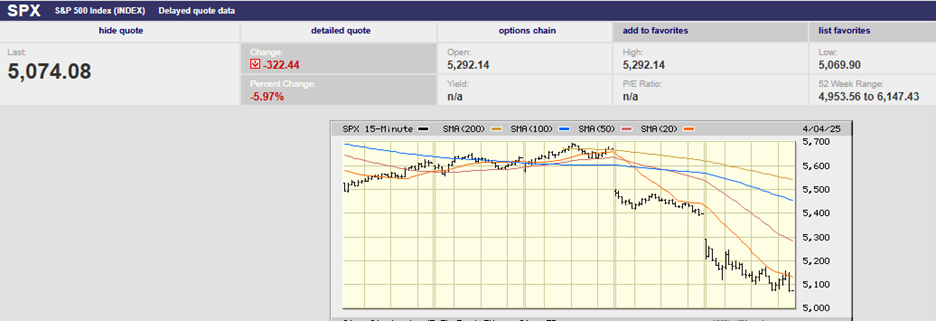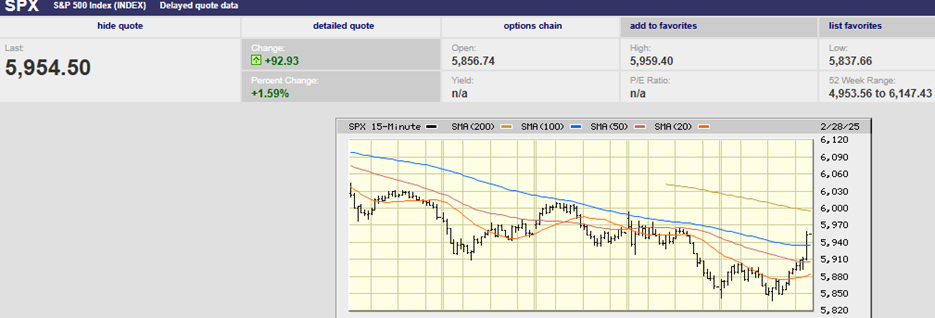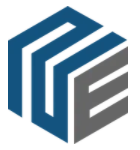Norwood Economics is still forecasting a sideways market for 2022

Market Update
The S&P 500 rose 1.8% last week to close at 4543.06. It was the second week of gains in a row. The S&P is up 8.1% over the two-week period. The index pushed through the 200-day moving average Tuesday. It bounced off the 200-day both Wednesday and Thursday. Friday saw it close decisively above. The nature of the bounce is in question. It is still possible the S&P 500 will head lower in the coming weeks. But it is now less likely. The S&P closed at the 100-day moving average. A break above the 100-day next week increases the chances of a break above 4600. A move of about 4600 increases the chances that the correction is over.
The BofA Bull & Bear Indicator fell to “extreme bearish” for the first time since March 2020, according to Barron’s. An extreme reading is a contrary indicator. It increases the likelihood that the current up move has further to go. BofA Securities chief investment strategist Michael Hartnett believes it will last around three months. J.P. Morgan technical strategist Jason Hunter sees a range-bound market for the next six months. Norwood Economics is still forecasting a sideways market for 2022.
The financial media was left scratching its collective head trying to figure out why the stock market rose a second week in a row. The fundamental news didn’t improve. The Russian invasion looks as if it will be a drawn-out affair. The Federal Reserve is talking tough. Several Fed presidents mentioned last week that half-point hikes were possible. Meanwhile, interest rates are rising. The 10-year yield closed the week at 2.49%, its highest since May 2019. Government bonds are on pace to have their worst year since 1949, according to Barron’s. (Norwood Economics has been underweight bonds since March 2020).
Norwood Economics continues to buy good companies on sale. All but two of our stocks pay healthy dividends. We did trim our energy exposure last week. We now own four energy stocks. We also own 6 healthcare stocks and four consumer staples stocks. Norwood Economics only owns one technology company.
Economic Indicators
The Chicago Fed national activity index (CFNAI) was 0.51 in February down from 0.59 the prior month. The CFNAI is composed of 85 economic indicators. A positive number indicates an economy expanding above trend. It is one of the Fed’s most comprehensive indicators. Initial jobless claims were 187,000 last week down from 215,000 the prior week. The jobless claims number is the lowest since 1969. The jobs market continues to show strength. Consumers have plenty of money with which to consume.
The U.S. current account deficit was $218 billion in Q4 down from $220 billion in Q3. The current account deficit is the combined balances of trade and income flows. The current account deficit is approximately 3.8% of U.S. GDP. Large current account deficits are difficult to sustain. Eventually, a country runs out of ways to pay for the excess goods and services it purchases from other countries. The U.S. has been able to run deficits for decades because the dollar is still the world’s reserve currency. Other countries need the dollar to trade. China, Russia, and Saudi Arabia among others have an incentive to develop other payment methods.
Taking Profits
Norwood Economics sold three energy stocks last week. We sold for several reasons. All three stocks are now trading above fair value in our opinion. The overvaluation is the most important reason for the sales. All three are still trending higher. We’d normally continue to hold the positions until they stopped trending. It is profitable to allow your winners to run. It is reasonable to hold overvalued positions if they continue to trend higher. In this case, the overvaluations are not extreme yet. However, our clients have a large overweight in energy. Risk management dictated that we did not get greedy.
The overweight was warranted when the companies were trading far below fair value. Two of the positions are up 220% over the last 15 months. The third is up 125%. The significant overweight in energy is risky at current prices. Norwood Economics seeks superior risk-adjusted returns. We are always conscious of how much risk we are taking with client money. We will have clients that complain about the tax bill. But taxes should not drive the investment process. Take profits on overvalued companies and reinvest in undervalued companies. You'll make more money in the long run.
We still own four energy stocks which means we’re still overweight energy. Two of the energy stocks are large integrated oil companies. One is at fair value and still trending. It is likely the next to be sold. The other is still undervalued. We also own a refiner that is trading at fair value. It is yielding 4.5%. Refiners don’t benefit from higher oil prices. They benefit from widening crack spreads. The crack spread is the difference between what they pay for crude and what they can charge for products. Crack spreads are likely to widen as demand for products continues to increase. The world economy is still recovering from Covid. The last energy stock is the largest pipeline company in North America. It does not benefit from higher oil prices either. It benefits from more volume which is a function of demand. It is yielding 6% and is also trading at fair value.
Norwood Economics isn’t likely to sell stocks at the very top. Nor will it usually catch the very bottom. The energy complex could run much higher depending on world economic growth. We are likely in a structural bull market for commodities, especially oil. The energy sector has underinvested in production capacity since 2014. It could take until the end of the decade for supply to catch up to demand. Still, risk management dictated we sell the three energy positions
Regards,
Christopher R Norwood, CFA
Chief Market Strategist











